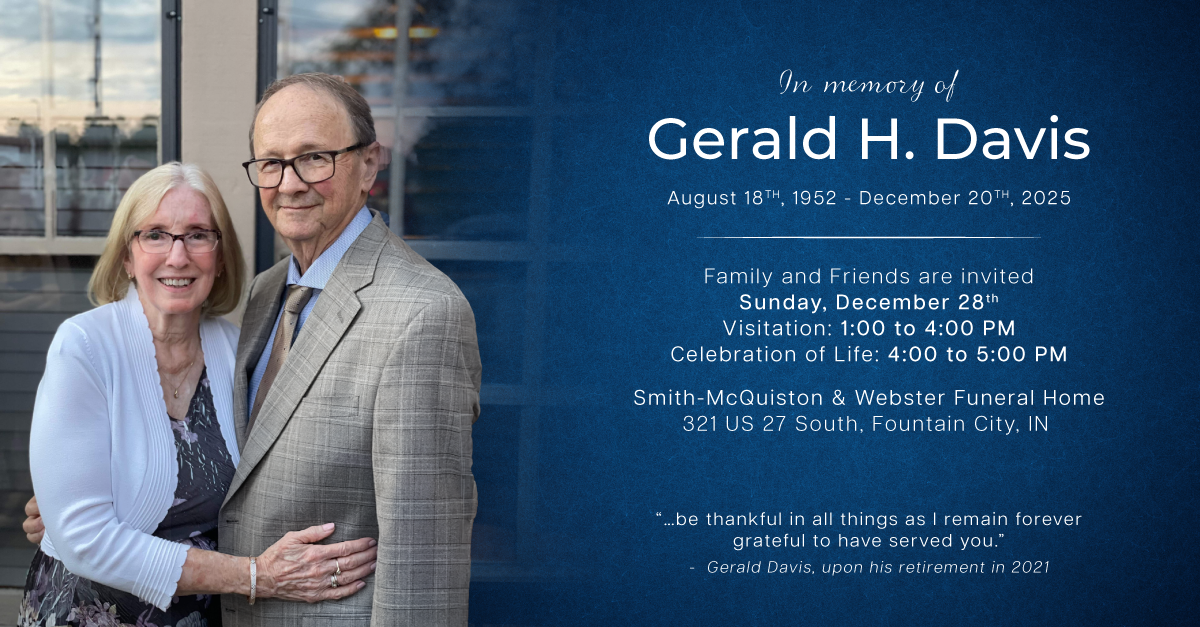A Refresher on the Fascinating Science of NOR
Natural Organic Reduction (NOR) is gaining popularity as a green disposition option, with twelve states having legalized the process. Also known as human composting or Terramation, NOR has academic roots, poses no harmful threat to deathcare workers or to the environment, and actually results in a beneficial end product which can be put to practical use if the family wishes.
The Process
It’s straightforward enough — through the addition of heat and specific materials that contribute to the breakdown of organic compounds, human decomposition can be completed in less than two months.
First, unembalmed remains are arranged in a vessel with nitrogen- and carbon-rich substrates like woodchips, straw, alfalfa, and other organic plant materials. These materials feed the microbial activity that results in decomposition.
Together, the human remains and added substrates are heated to a core temperature range of 130-160 degrees Fahrenheit. This range is optimal for microbes and simultaneously eliminates most pathogens (but not all; more on this below). The temperature is moderated to remain in this range, and proper aeration is also managed.
After about six weeks, what remains is a nutrient-dense soil with bone fragments. The soil is sifted, and bone fragments are pulverized and returned to it. The soil then sits for another few weeks to “cure,” after which time about a cubic yard of soil is returned to the family.
You can grow plants in it. You can donate it to places specifically for the purpose of receiving NOR soil. Restrictions are regional and many places are still working out the kinks of legalization, but the final word is simple: NOR soil isn’t significantly different chemically from nutrient rich topsoil found at gardening stores.
While it’s not typical for NOR remains to be used in gardens where food plants are grown, provided the process has been managed properly, NOR soil is just that: soil.
Not an option for everyone
Specific medical conditions can exclude someone from eligibility for the NOR process. The pathogens that cause certain diseases pose public health concerns because they resist breakdown and can persist in the environment: prion diseases like those that cause Creutzfeldt-Jakob and Bovine Spongiform Encephalopathy (Mad Cow) Diseases; and the pathogens that cause the Ebola virus and tuberculosis are not neutralized by the NOR process.
There’s limited regional uptake so far, but the process is gaining traction. It doesn’t entail the same sort of acidic breakdown that alkaline hydrolysis opponents take such exception to, so it seems a little friendlier; the end result is just a simple soil that can be gently and satisfactorily placed around memorial gardens or trees without harm — or even any need for concern — in the landscape. This can be an appealing alternative to those who would like a place to visit and remember lost loved ones. And as the process gains attention, particularly in areas where cemetery space is limited and pollution from cremation can be a concern, NOR is sure to become an extremely attractive option. Possibilities for the future could include public memorial areas and gardens to beautify communities, perhaps as protected parks where trees may be planted.




